Garrattfan's Modelrailroading Pages

NS 3700
A brief history
NS class 3700 |
|||||||||||||||||||||||||||||||||||
| The Dutch class 3700 was one of the larger classes of express locomotives and the most ubiquitous 4-6-0 class in the Netherlands. After good experiences had been gained with the first 4-6-0 class in the Netherlands (the 3500 class of the NBDS) the Company for Exploitation of State Railways (known by the then still innocent abbreviation SS) designed its own 4-6-0. | |||||||||||||||||||||||||||||||||||
SS no 713, later NS 3713 probably 1920. Source: ©Collection Het Utrechts Archief, Catalogue number 151403 |
|||||||||||||||||||||||||||||||||||
The 3700s were four cylinder single expansion engines, designed for express services. This designation is a bit flattered compared to German and British standard as their design speed was a mere 90 km/h. This was later increased to 100 km/h (1930) and 110 km/h(1938). 120 examples were built as follows:
*) Some engines ordered by the StaatsSpoorwegen entered service directly under their NS number. **) When the development of suitable electric locomotives proved to be slower then expected another five, 3816-3820, were built as a stop gap measure before the arrival of the stronger 3900's in 1928.
The war had great impact on this class. No 3816 was spotted inoperable in September 1944 in Zwolle. The repair staff had stopped counting the bullet holes at 468! In May 945 only a handful of engines was serviceable. During the ensuing repair program seven locomotives were deemed beyond repair. Another thirteen locomotives never returned from the war and were written off in 1950, so at that time 100 engine were available, rendering the temporary 3500II class (ex-SBB A3/5) surplus. The strength of the class proved to be an Indian summer though as scrapping started in 1953. In January 1958 no 3737 was handed over to the Dutch Railway Museum as the last steam locomotive of the Dutch Railways to be put out of service.
Officially the last time that any Dutch steam locomotive took water and coal. 3737 being prepared for the last steam hauled train to Utrecht in Geldermalsen 7 Januari 1958. Source: ©Collection Het Utrechts Archief, Catalogue nummer 153434 and 153435 It is the only survivor of the class and in fact of any class in the 3700 family or for that matter any 4-6-0 class. During the preservation era the 3737 was later restored to operating order twice.
The sole survivor of all large Dutch express classes, no 3737, on the turntable in Tilburg during an outing in December 2002. ©2017 René F. Vink After serious damage to the drive the engine was deemed beyond economic repair and it is since then on display again in the Railway Museum in Utrecht.
2 August 2014. Me and the 3737, affectionately called "The Old Lady" (the loco, not me).
|
|||||||||||||||||||||||||||||||||||
DerivativesCoal powder firingNo 3790 and presumably also no 3789 were reconstructed for coal powder firing. The experiment was unsuccesful and the engine(s) were soon converted to normal coal firing.
Factory photo of 3790. Source: ©NVBS Railverzamelingen. Permission kindly granted for use on this website StreamliningFive engines, 3801-3805, were fitted with a streamline casing in the second half of the 1930s. The experiment made them arguably the most ugly streamlined locomotives in the world. Their nickname "Sperm whale" says it all. The expirement had limited success because of their low top speed (110 km/h) and the fact that no special streamlined carriages were developed. Early in the war the streamlined casings were removed, quickly to be forgotten.
A streamlined 3700 leaves, judging by the church tower in the background, Utrecht in the direction of Amersfoort (1936-1940, source of the photo is inknown to me). 6000 and 6100 tank classesTwo other classes were derived from the 3700.
The 6000 was a tank version (26 built 1913-1916), with only two inside cylinders to keep the axle loads low for a general road availability. The original order comprised 40 engines but during WWI 14 were requisitioned by the ROD and sent to France were they saw service at the French Nord company during the remainder of their lives.
This is SS 1204, later NS 6004. Note that the driver is on the left! The final member of the 3700-family to hit the rails was class 6100, this a full swing four cylinder tank incarnation of the original 1910 design though with significant improvements (10 built 1929).
Source: ©Collection Het Utrechts Archief, Collection De Pater, Catalogue number 163261 |
|||||||||||||||||||||||||||||||||||
Key data 3700 class
| Subject | Dimension | ||
|---|---|---|---|
| Grate area | : 2.84 m2 | ||
| Total heated area | : 130 m2 | ||
| Boiler pressure | : 12 bar | ||
| Cylinder diameter | : 4x400 mm | ||
| Driver diameter | : 1,850 mm | ||
| Water | : 18 m3 | ||
| Coal | : 6 tons | ||
| Axle load | : 16.0 tons, 16.5 tons (3815-3820) | ||
| Weight loco and tender, operational | : 115 tons | ||
| Length | : 18,480 - 19,700 mm depending on the batch / builder | ||
| Top speed | : 90 (1910), 100 (1930), 110 km/h (1938) | ||
| Tractive effort | : 9,590 kg, 10,570 kg (3815-3820) | ||
| References |
|---|
|

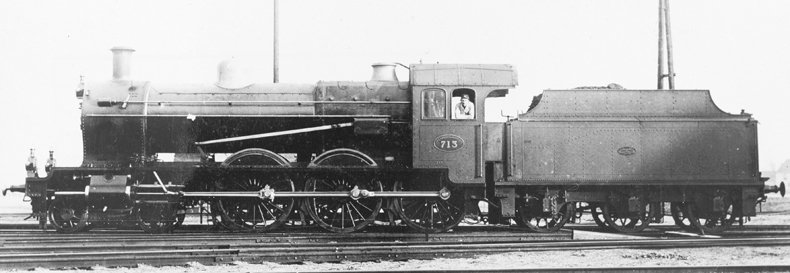
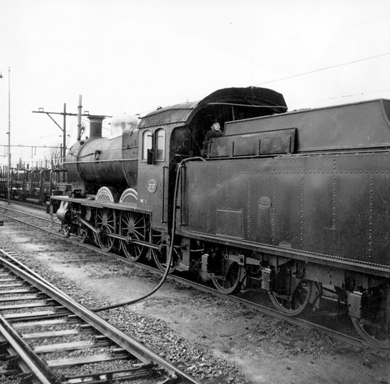
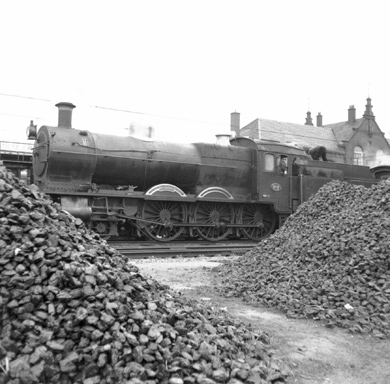
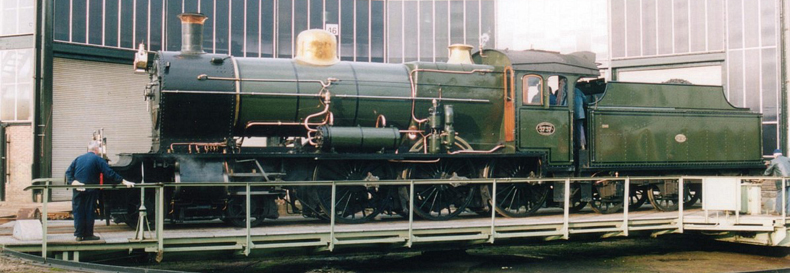
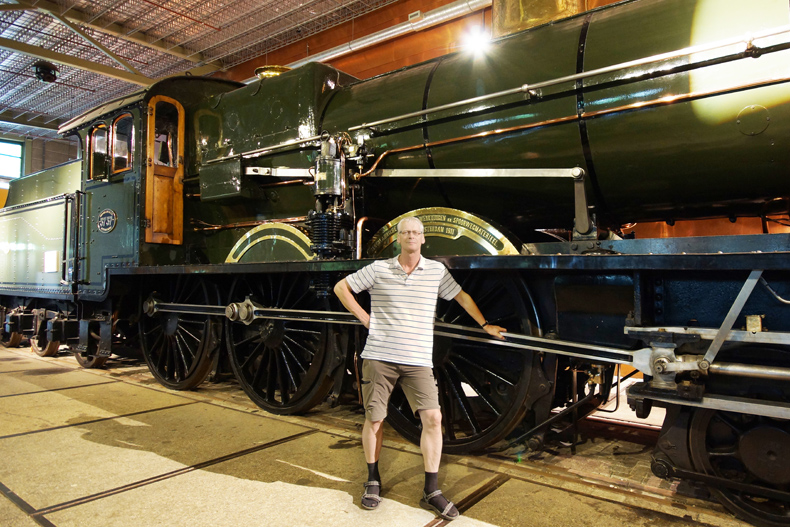
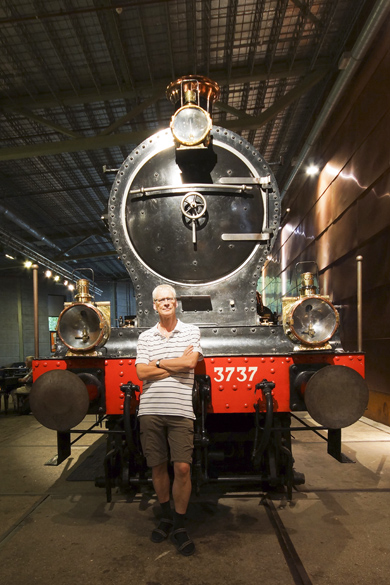
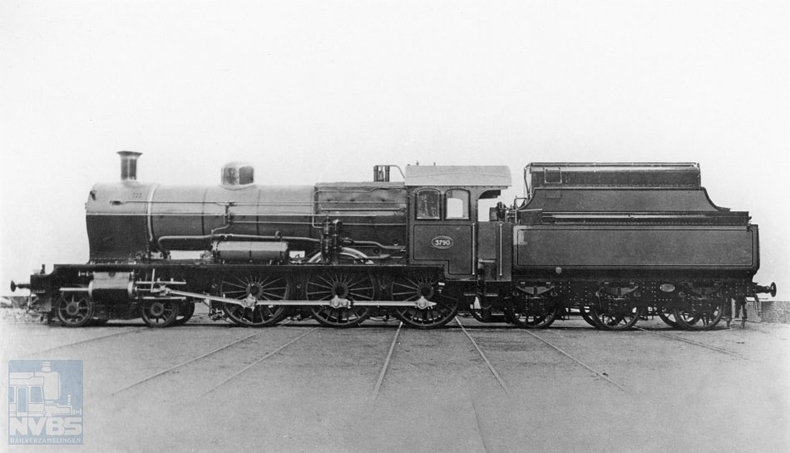
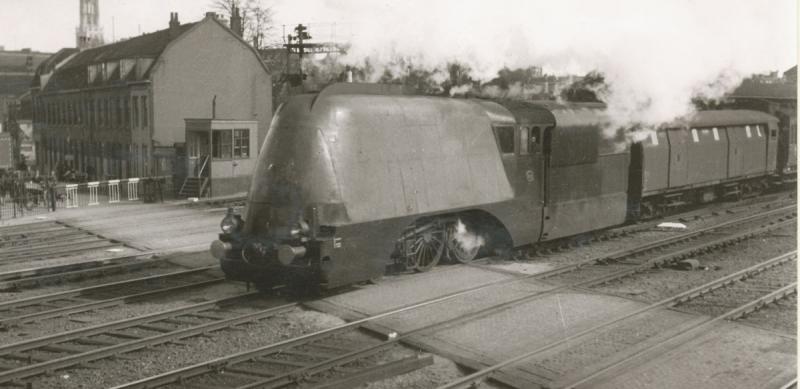
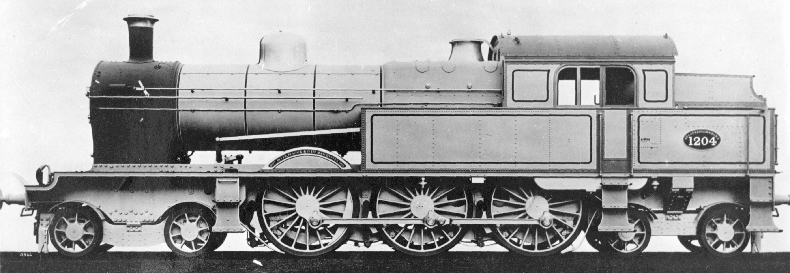
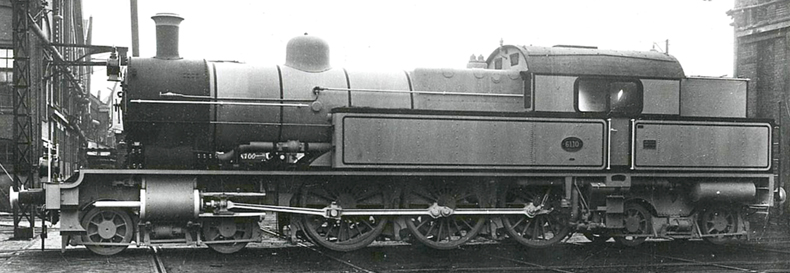

Sign my
GuestBook